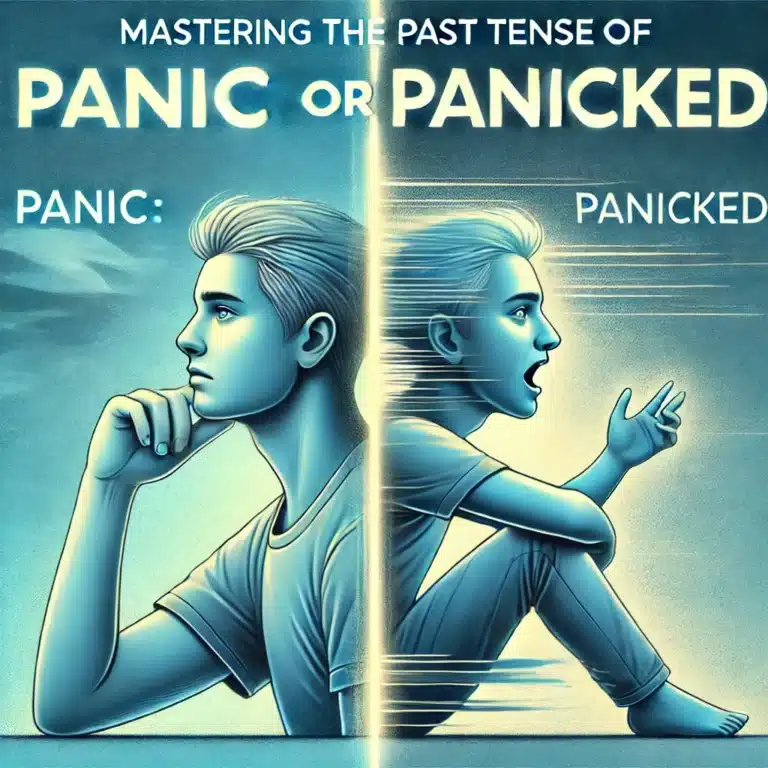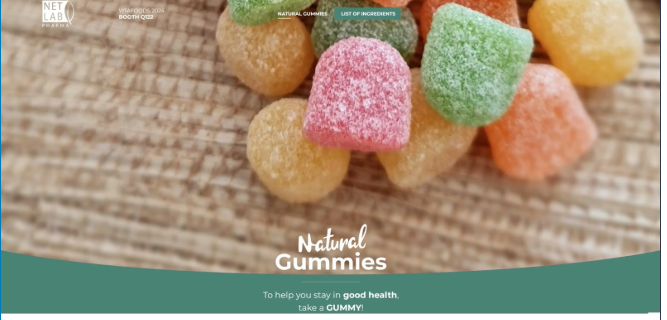How to Spell “Different” Correctly: A Guide for Learners and Native Speakers
Spelling can be tricky, especially for commonly used words like “different.” Whether you’re a native English speaker or an ESL learner, mastering the spelling of “different” can help you communicate more clearly and effectively. In this guide, we’ll cover everything from the correct spelling to pronunciation tips, common mistakes, and helpful techniques for remembering how to spell this frequently misspelled word.
Correct Spelling of “Different”
The correct spelling of the word is different. This word is spelled with two ‘f’s and one ‘e’ before the ‘nt’. It’s often misspelled as “diffrent” or “differant,” likely due to its phonetic ambiguity or simply because of its silent letters.
Phonetic Breakdown
Understanding how the word sounds can help you remember its correct spelling. Here’s the breakdown of the word “different” in terms of syllables:
- Dif-fer-ent
- Three syllables, with the stress on the first syllable.
The word follows a common English pattern where letters like the second ‘e’ aren’t emphasized during pronunciation, making it easier to skip over them while writing.
Table: Correct vs Common Misspellings
| Correct Spelling | Common Misspelling |
|---|---|
| different | diffrent |
| different | differant |
Definition of “Different”
The word “different” is an adjective that describes something that is not the same as another or distinct. In other words, “different” refers to things that are dissimilar or varied in some way.
Synonyms
To add variety to your vocabulary, you can use these synonyms for “different”:
- Distinct
- Dissimilar
- Varied
- Diverse
- Various
Using synonyms can make your writing more engaging and less repetitive, but it’s essential to know when each synonym fits best. For instance, “dissimilar” is more formal, while “varied” can emphasize diversity in a collection.
Read More: Mastering the Past Tense of Panic: A Comprehensive Guide
Phonetic Transcription of “Different”
For anyone trying to improve their pronunciation, here’s the phonetic transcription of “different” using the International Phonetic Alphabet (IPA):
/dɪf.ər.ənt/
Breakdown:
- /dɪf/ – The first syllable sounds like “dif.”
- /ər/ – The second syllable has the schwa sound, which is a neutral vowel sound.
- /ənt/ – The third syllable is where the ending “-ent” comes in.
Pro Tip: ESL learners often struggle with the second syllable, as the schwa sound can be subtle. Try repeating the word slowly to make sure you’re comfortable with each sound.
Examples of “Different” in Sentences
It’s essential to see a word in context to fully understand how it’s used. Here are examples showing “different” in everyday and academic sentences:
- Everyday Example: “I prefer a different flavor of ice cream every time I visit the shop.”
- Academic Example: “The study analyzed the different variables influencing climate change.”
Notice how the word “different” is often used to compare or contrast multiple things, making it one of the most commonly used adjectives in English.
Practice Sentences
To help reinforce the spelling and meaning of “different,” try using it in various sentence structures:
- “Her taste in music is quite different from mine.”
- “They brought different ideas to the project, which led to a better outcome.”
- “The students displayed different levels of understanding.”
Common Spelling Mistakes
It’s easy to slip up when spelling “different,” especially for ESL learners. Here are some of the most common spelling errors and why they happen:
- Diffrent: People often omit the second ‘e’ due to how the word is pronounced.
- Differant: The ending “-ant” is a frequent mistake because it mirrors other common adjectives like “important” and “relevant.”
Why These Mistakes Happen
- Phonetic Confusion: Many English words are not spelled as they sound, causing errors in written form.
- Silent Letters: English is full of silent letters, and in “different,” the second ‘e’ is not strongly pronounced, leading people to leave it out.
How to Spot and Correct Mistakes
One effective method is to break down the word into syllables and practice each part separately. Use tools like spell checkers or vocabulary apps that provide automatic corrections and suggest proper spellings.
How to Remember the Correct Spelling
Mnemonics and Memory Aids
One great way to remember the correct spelling of “different” is to use a mnemonic:
- Double the “f” because it’s “very different!”
This simple mnemonic will help remind you that the word has two f’s, not one.
Association Techniques
Association techniques can also be helpful. For example, you might visualize the word “different” as representing two things—hence, the double f’s—to represent diversity.
Spaced Repetition Learning
Spaced repetition is a proven learning method that can help embed spelling into your long-term memory. Try using flashcards that show the word “different” and test yourself on its correct spelling daily until it sticks.
American vs. British Spelling
When it comes to “different,” there’s no distinction between American and British spelling. Both versions use the same form, making this word consistent across English-speaking regions.
However, it’s worth noting that some words do have variations. For example, words like “color” (American) vs. “colour” (British) have different spellings. For learners, this can create confusion when switching between dialects. Fortunately, “different” doesn’t fall into this category.
Academic Dictionary References
If you’re ever in doubt about the spelling or pronunciation of “different,” here are the most trusted dictionaries that include this word, along with a phonetic guide and usage examples:
- Oxford English Dictionary
- Merriam-Webster
- Collins Dictionary
Each of these dictionaries not only provides the correct spelling but also includes helpful usage examples and phonetic guides. You can also use their online versions to hear the word’s pronunciation.
Table: Dictionary Resources for “Different”
| Dictionary | Definition | Phonetic Guide |
|---|---|---|
| Oxford English | Not the same as another; distinct | /dɪf.ər.ənt/ |
| Merriam-Webster | Partially or completely unlike another | /ˈdi-fə-rənt/ |
| Collins | Not alike; dissimilar | /ˈdɪfrənt/ |
Frequently Asked Questions (FAQs)
Q: Is “different” related to “differently”?
A: Yes, “differently” is the adverb form of “different.” It describes how something is done in a distinct manner.
Q: How many syllables are in “different”?
A: “Different” has three syllables: dif-fer-ent.
Q: What are some common synonyms for “different”?
A: Words like “distinct,” “dissimilar,” and “varied” can be used interchangeably with “different.”
Conclusion
Spelling “different” correctly may seem challenging at first, but with the right techniques, it’s easier than you think. By breaking down the phonetics, recognizing common mistakes, and using association techniques, you can quickly master this frequently used word. Whether you’re aiming to improve your vocabulary, grammar, or pronunciation, understanding how to spell “different” will enrich your language skills.
For more practice, consider using flashcards or reviewing examples in academic dictionaries like Merriam-Webster or Oxford English. Remember, with the right practice and techniques, you can spell any word correctly every time!







